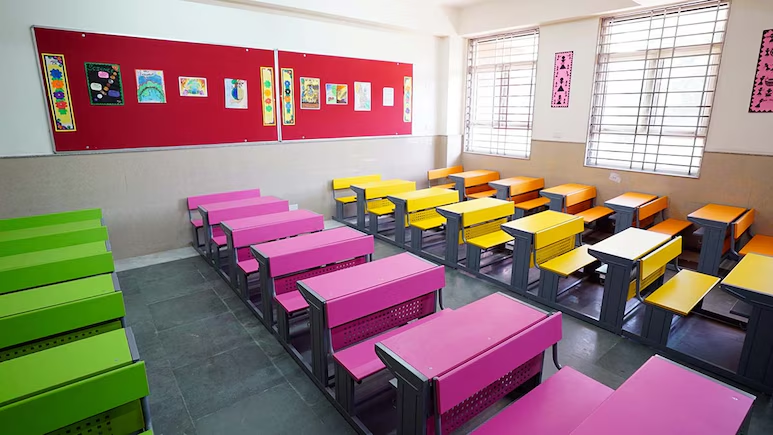
Honesty, fairness, and responsibility are among some of the shared values that underpin the foundations of academic institutions and the wider academic community itself. Academic integrity, in its most basic form, entails being truthful to the work that one does in an institution and acknowledging the contribution of others wherever necessary. However, in the absence of greater awareness of this subject, young learners, in a rush to meet submission deadlines, often land up in the crosshairs of academic dishonesty, unintentionally of course; however, the consequences can be quite serious.
Students, while writing an assignment or a research paper, must demonstrate academic integrity by using the information in accordance with copyright and privacy laws; acknowledging the source; not claiming credit for other people's work and acting ethically in all their academic pursuits to make sure that they steer clear of plagiarism.
It is important to understand that in some cases, depending on the subject or kind of assignment, one may be absolutely justified in borrowing content or ideas from an existing source to validate one's ideas; however, it is critical that these sources are cited to ensure the students are adhering to the principles of academic integrity.
To guide students to write original assignments, and avoid plagiarism, Chaitali Moitra, Regional Director for South Asia at Turnitin India, has provided some advice on how students can always write authentic content.
Researching The Assignment Theme Or Topic: Writing an assignment begins with fully understanding what is expected. Reading the topic thoroughly, determining whether it is an essay or a research paper, and following any instructions provided with the assignment will provide students with a clear picture of what must be included in an assignment. It is important to research the theme, get some context on the latest developments related to the subject and figure out the mid to long-term implications once the theme plays out.
Once the student has researched the topic or the theme, Ms Moitra asked the students to develop a mental map of the research sources. – for example, think about where would the student source authentic data from. Also, think of the referencing style to be used in the assignment, she added.
Creating A Structure Of Assignment: An essay, for instance, would have an introduction, a body, and a conclusion. If it's a research paper, there would be additional sections including the executive summary, abstract, introduction, methodology, findings and results, and conclusion. These must be written in original form, and therefore, the previously defined steps on research, and sourcing of information are crucial.
Finally, How To Write: Start by providing some contextual background on the topic and an outline of the ideas intended to discuss. Along with factual data or references, you can also state your opinion or inferences on the subject. Each paragraph in the main body should present a new idea or concept and must come across as a unique and integral element of the writing and research.
The assignment's conclusion, the Regional Director added, is crucial part as it gives the final impression. Keep it brief, touch on all the main points once again, and finish by directly responding to the main theme or the subject, Ms Moitra added.
Proofread And Ensure Integrity Of Writing: The assignment must be free of errors. Any spelling, punctuation, or grammatical errors should be corrected before submission. Importantly, double-check the citations and bibliography to ensure that the academic referencing styles have been adhered to.
Peers or faculty can also be asked to do a quick review and seek their feedback on the presentation style and if it speaks to the theme, she added.
Finally, find out from the institution if they have access to any plagiarism detection software that could be used as a double-check mechanism. Often, one can have unintentional text that is similar to another source -- such software helps to weed out this ‘expected similarity' which could potentially raise doubts in the minds of the panel reviewing the assignment.
At every step in this process, the faculty, teacher, instructor or project guide plays a very important role in guiding the student and creating a formative environment where the students can get effective feedback and an opportunity to correct themselves, wherever relevant.
